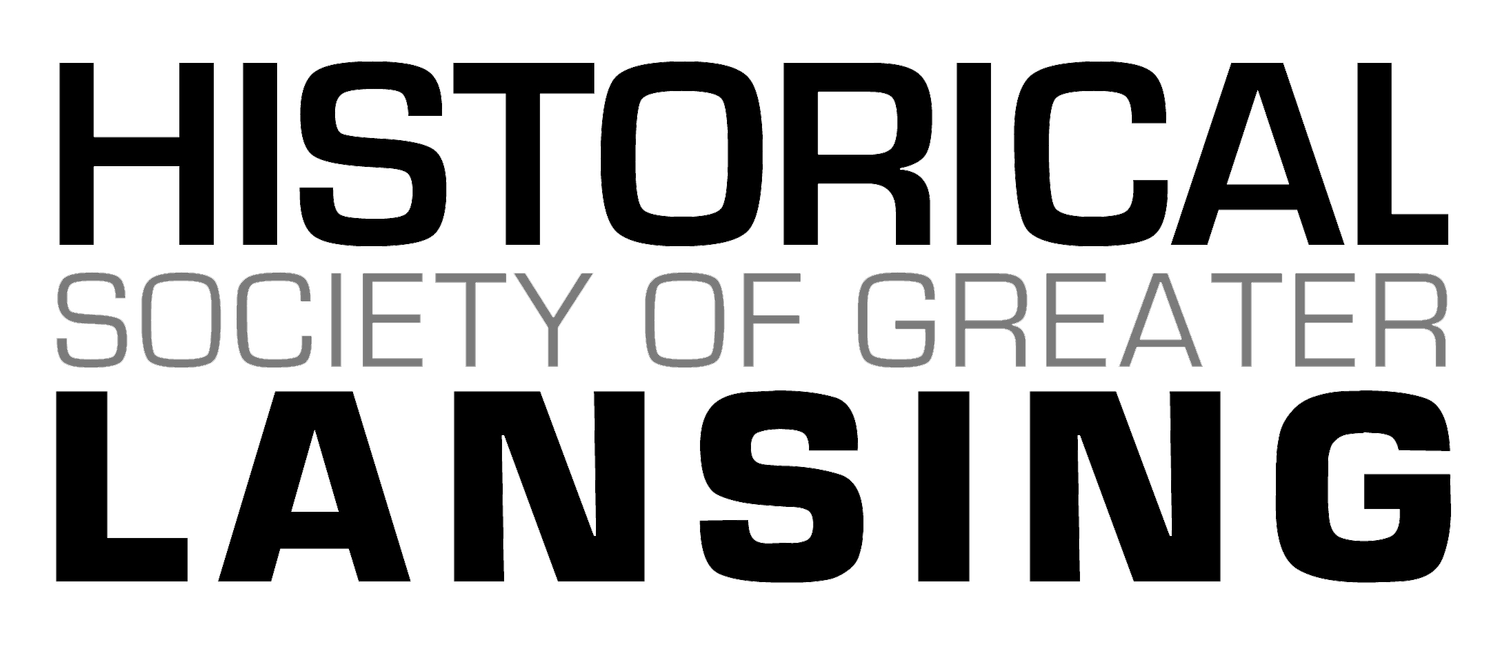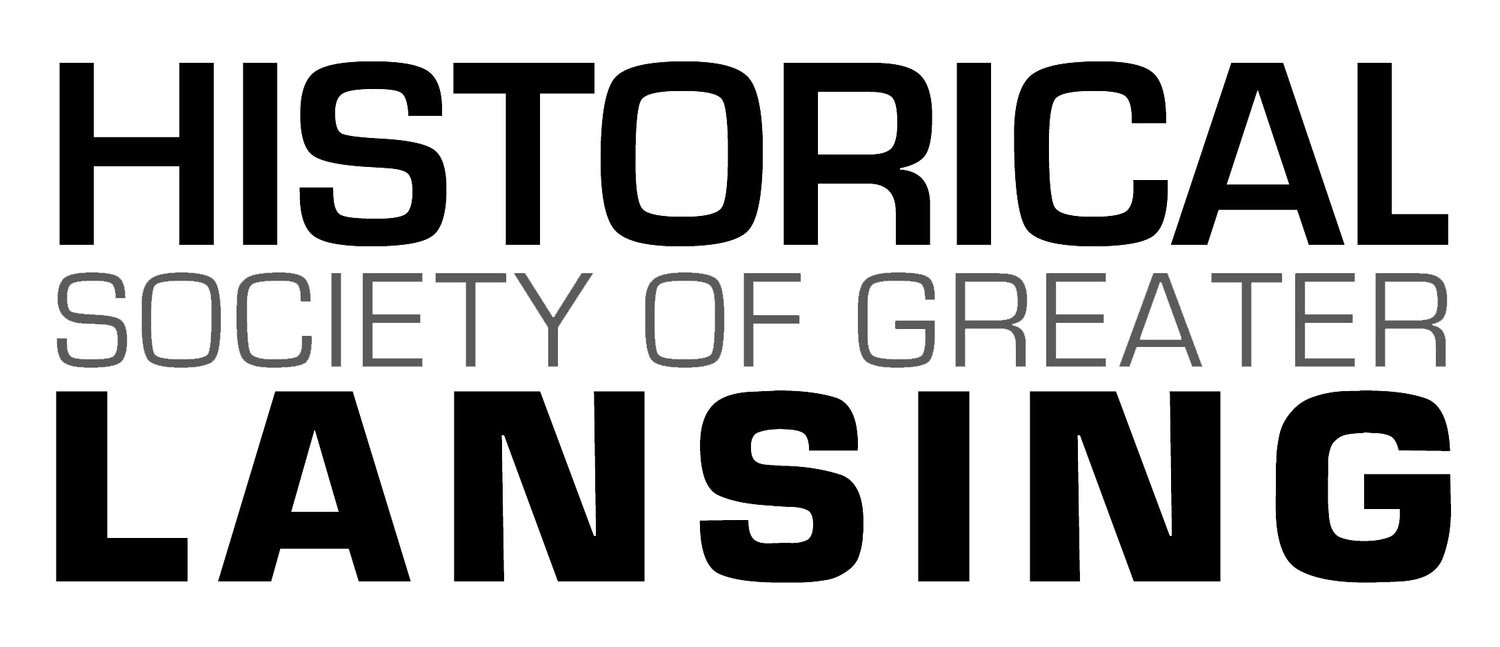Rescheduled twice from March 4th and May 13th. The new and final date is May 30, 2023.
In conjunction with the “By the Yard” panoramic photo exhibit sponsored by the Library of Michigan and the Historical Society of Greater Lansing, a lecture series is being presented this winter and spring. Next, we are hosting a lecture by noted photographer and vintage postcard collector and dealer Doug Aikenhead of Ann Arbor at 1:00 p.m., Saturday, May 13 in the Lake Erie Room at the Library of Michigan, 702 West Kalamazoo St., Lansing. The lecture and exhibit are free and open to the public. Parking is free in the Library parking lot. As a backdrop to the lecture, the exhibit of yard long panoramic photographs from across Michigan will continue to be on display.
Aikenhead will showcase some of his rare “Real Photo Postcards” and discuss the unique phenomena of citizen photography portrayed in these specialized postcards which are actual photographs taken by both amateur and professional photographers. What makes real photo postcards unique are they are photographs that are printed directly on photo paper. This distinguishes this unique postcard from mass produced postcards.
Real photo postcards boomed when Eastman Kodak began marketing postcard sized photographic paper in 1903. In 1903, Kodak also introduced the 3A-Kodak Autographic Camera- which allowed the photographer to use a metal stylus to write descriptions and locations directly on the negative which then appear as white on a final print.
The final print was actually a one-to-one contact print (3 ¼ by 5 ½ inch) with the photo on one side and the mailing information and area for a message preprinted on the reverse side.
Today, these photographs tell the early history of the United States and how these uncommon photographs contributed to the mythos of the country. Typical real photo postcards were taken of small town street scenes, parades and patriotic events and family gatherings.
On the reverse side of the real photo postcard senders would often indicate that they were there and took the photograph. Local photographic shops also would produce quantities of cards for the photographer.
Aikenhead said, “These photographs tell us a lot about who we are and what was important to people more than 100 years ago.”
“These real photo postcards provide a jumping off point for collectors and historians who research more details about who or what is shown in the photograph,” he said.
Aikenhead not only collects but also has been selling real photo postcards since 1977.
A large percentage of real photo postcards were never sent and mint postcards of special circumstances like early flight are rare and expensive to collect. Postcards of early street scenes especially of small towns are also highly collectible.
Real photo postcards were used to record tragedies such as fires, train wrecks and floods and often are the only photographic record of the event. Professional photographers were often on the scene first and within a day could offer the real photo record for sale.
A classic example of that experience is the real photo postcards taken of the Bath School Disaster were sold as a set at local stores within two days of the tragedy; and real photo postcards could be purchased for six for 50 cents. Professional photographers also were quick to take photos of sports teams and school classes.
Today, real photo postcards are often used as illustrations in books mostly because they are accessible and copyright free.
Aikenhead will provide a framework for collectors about how to identify a real photo postcard and how to rule out cards that look similar, but were mass produced. He also will show how to identify counterfeit reprints.
Attendees are encouraged to bring their own real photo postcards for a post lecture show and tell.
About the presenter:
Doug Aikenhead is a photographer and vintage postcard collector and dealer. He began collecting postcards during a year-long photographic road trip in 1977. Doug has been a postcard dealer since 1993 and enjoys discussing postcards with fellow collectors and dealers at a dozen postcard shows every year. He also writes occasional articles about vintage postcards. Doug earned his Master of Fine Arts degree at Cranbrook Academy of Art, taught photography at Detroit’s College for Creative Studies and other institutions, and co-edited Detroit Images: Photographs of the Renaissance (Wayne State University Press, 1989). He is the current president of the Michigan Photographic Historical Society.




